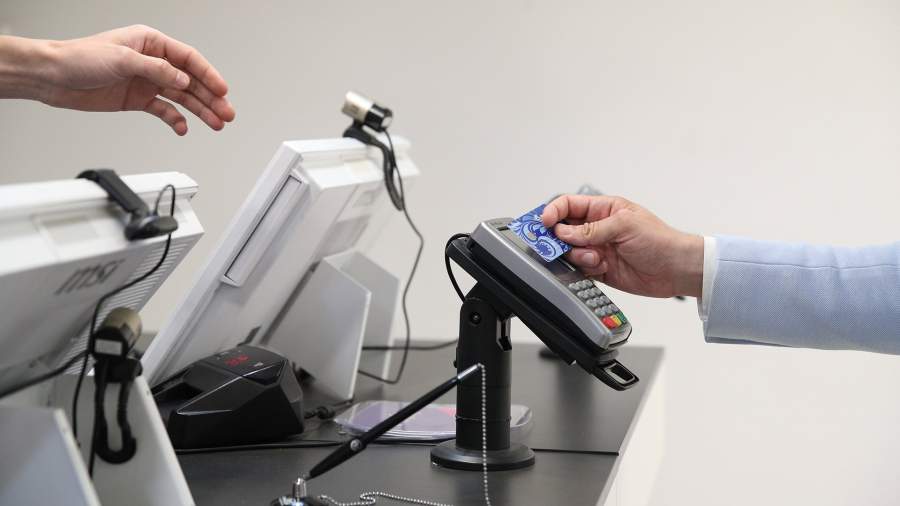SARS-Cov-2 “loves” dry and cool places, scientists have found. Most viruses, according to experts interviewed by Izvestia, are collected by handles of refrigerators in grocery stores. In second place in terms of risk of infection are door handles in public institutions and POS terminals. Next in terms of danger are buttons in elevators, table surfaces in air-conditioned cafes, and finally door handles and intercom buttons in residential buildings. The potential for catching an infection exists if you touch the object on which the coronavirus is “sitting” and then touch your hand to your mouth, nose or lips.
Table Of Contents
To touch the invisible
Scientists around the world have repeatedly investigated how long SARS-Cov-2 lives on certain surfaces. The general conclusions are as follows: on clothes and wood this period is about two days, on glass – about four, on stainless steel and plastic – almost a week. Most of the surfaces that people are forced to touch in everyday life are made of these materials.
So far, there is no scientific research confirming cases of COVID-19 infection through contact with infected surfaces. However, it is theoretically possible to become infected in this way if you touch the object on which the virus “sits”, and then touch your hand to your mouth, nose, or rub your eyes.
– Of course, the most infectious surfaces are in polyclinics, hospitals and medical centers where patients with coronavirus come, – said a leading researcher at the Laboratory of Molecular Biology at Moscow State University. M.V. Lomonosov Roman Zinovkin. – Most likely, they will include door handles, elevator buttons, table surfaces, buttons on information, vending and bank machines.
However, nowadays it is not only medical institutions that pose a danger. The period of active self-isolation has passed, cities began to live in their usual rhythm, people walk, visit public places, keep in touch with each other. Obviously, the more citizens touch a particular surface, the more likely it is that they may be infected.
“It is worth noting that sunlight very quickly kills the virus, it lives longer in the shade,” explained Albert Rizvanov, professor of the Department of Genetics at the Institute of Fundamental Medicine and Biology of Kazan Federal University (the university is a participant in the project to improve the competitiveness of education “5-100”).
The period of existence of SARS-CoV-2 on a surface without sunlight at a temperature of 21-24 degrees Celsius and a humidity of 20% is 18 hours, according to the presentation by the US Deputy Secretary of Homeland Security for Science and Technology William Bryan.
Increased humidity and temperature also accelerate the process of “killing” SARS-Cov-2. At a temperature of 21-24 degrees and 80% humidity in the summer sun, the period of inactivation of the virus on surfaces is two minutes. This follows from an analysis by the National Center for Bioprotective Analysis and Countermeasures in Maryland (USA).
Don’t touch – it will kill
Thus, the most potentially hazardous surfaces are those that are not exposed to sunlight and located in dry and cool places.
According to Oleg Batishchev, associate professor of the Department of Biophysics and the Department of Physics of Living Systems at the Moscow Institute of Physics and Technology, the ideal surfaces for SARS-Cov-2 are iron and plastic.
Considering these factors, experts attributed the handles of refrigerators in stores to the most dangerous items, as well as other surfaces that people often touch in rooms with a powerful air conditioner.
It should be borne in mind that most air conditioners reduce the humidity level in the room by about 20%, while completely not renewing the air in the room. The supply of fresh air can be fully ensured only by supply ventilation.
In addition to refrigerator handles, in stores and shopping centers people most often touch the buttons of POS terminals – devices for paying with a card. Indoor door handles and elevator buttons in shopping centers and office buildings also serve as breeding grounds for the virus. Slightly less viral load is carried by surfaces in residential buildings – there, in theory, the viral load is lower, based on the total number of people touching these items.
Finally, it is less likely to get infected from touching intercom buttons and doors that are exposed to sunlight.
Thus, the first step is to disinfect your hands after touching refrigerator doors in stores. Next in line with the likelihood of infection are door handles and POS terminals in air-conditioned rooms. In fourth place are buttons in elevators, table surfaces in air-conditioned cafes, and, finally, it is least dangerous to touch door handles and intercom buttons on the street – sunlight quickly leads to the death of the virus.
However, the risk of infection when touching surfaces is not a reason not to leave the house.
– You should take your hands as potentially infected and wipe them with sanitizer or wash them with soap after potentially dangerous contact, – said the head of the laboratory of biotechnology and virology of the Faculty of Natural Sciences of NSU, corresponding member of the Russian Academy of Sciences Sergei Netesov. – In the meantime, have not washed, do not touch their face.
After all, neither the presence of forced ventilation, which renews the air, nor exposure to UV rays, gives one hundred percent protection against infection when touching the surface on which SARS-Cov-2 is located.

